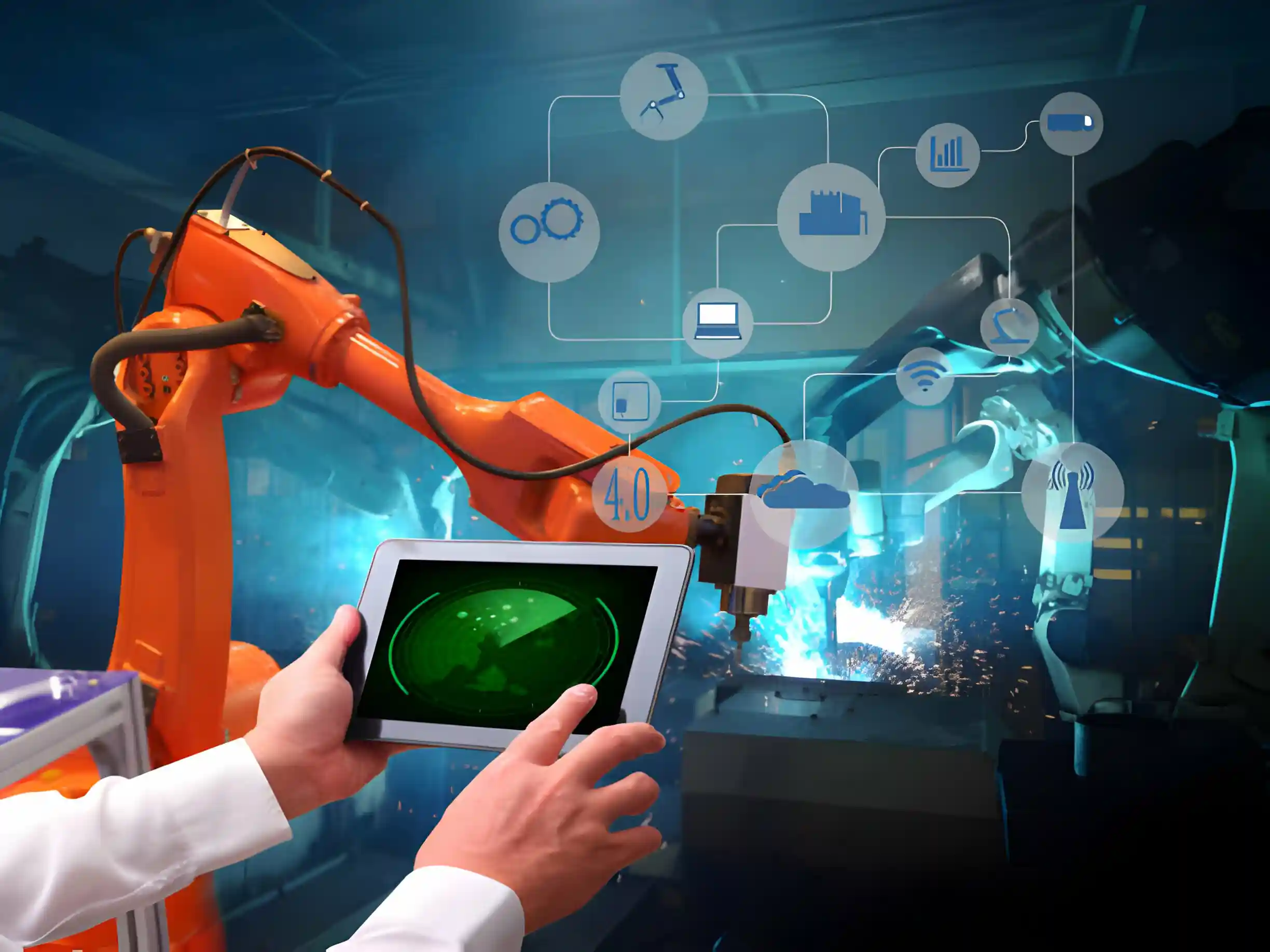Digital electronics refers to the branch of electronics that deals with digital signals, where information is encoded as discrete values. It involves the use of digital circuits that manipulate and process these discrete signals, typically represented as binary numbers (0s and 1s). Digital electronics forms the backbone of modern computing systems, telecommunications, and various electronic devices.
Key components and concepts in digital electronics include:
- Logic Gates: These are fundamental building blocks that perform Boolean logic operations (AND, OR, NOT, etc.) on binary inputs to produce a binary output.
- Integrated Circuits (ICs): These are miniaturized electronic circuits that typically contain many interconnected components, such as logic gates, flip-flops, multiplexers, and more, on a single semiconductor chip.
- Flip-Flops and Registers: These are memory elements used to store binary data in sequential circuits. Flip-flops maintain their state until a triggering signal causes a change.
- Binary Number System: Digital electronics heavily relies on the binary system, where information is represented using combinations of 0s and 1s.
- Boolean Algebra: It’s a mathematical system used to analyze and simplify digital logic circuits through Boolean expressions.
- Digital Signal Processing (DSP): Involves the manipulation of digital signals to perform tasks like filtering, encoding, decoding, and compressing data.
- Microprocessors and Microcontrollers: These are programmable digital electronic components that form the heart of many computing and control systems, respectively.
Digital electronics have revolutionized technology, enabling the development of advanced computers, smartphones, digital cameras, and numerous other devices by manipulating discrete signals in complex ways.
